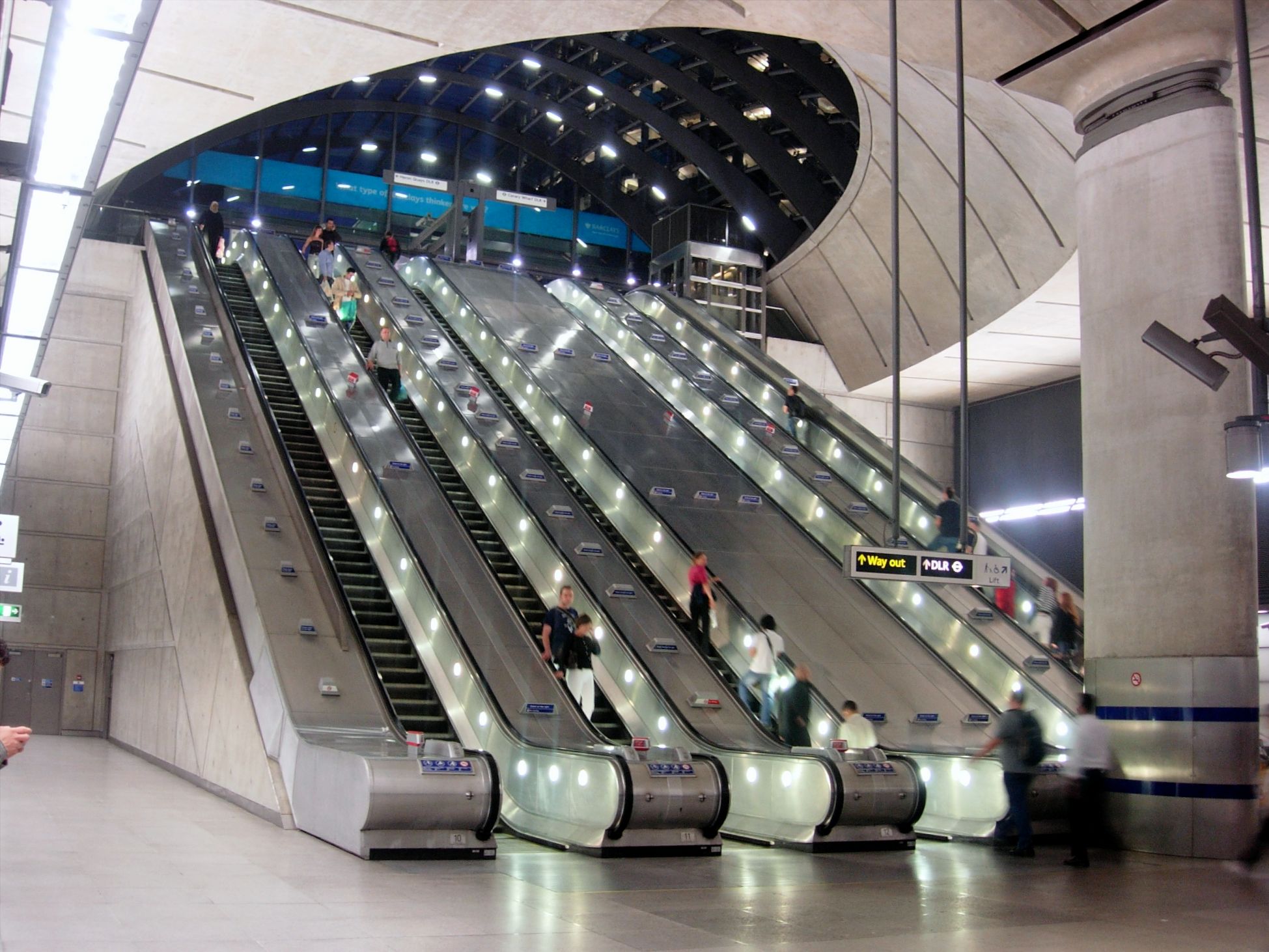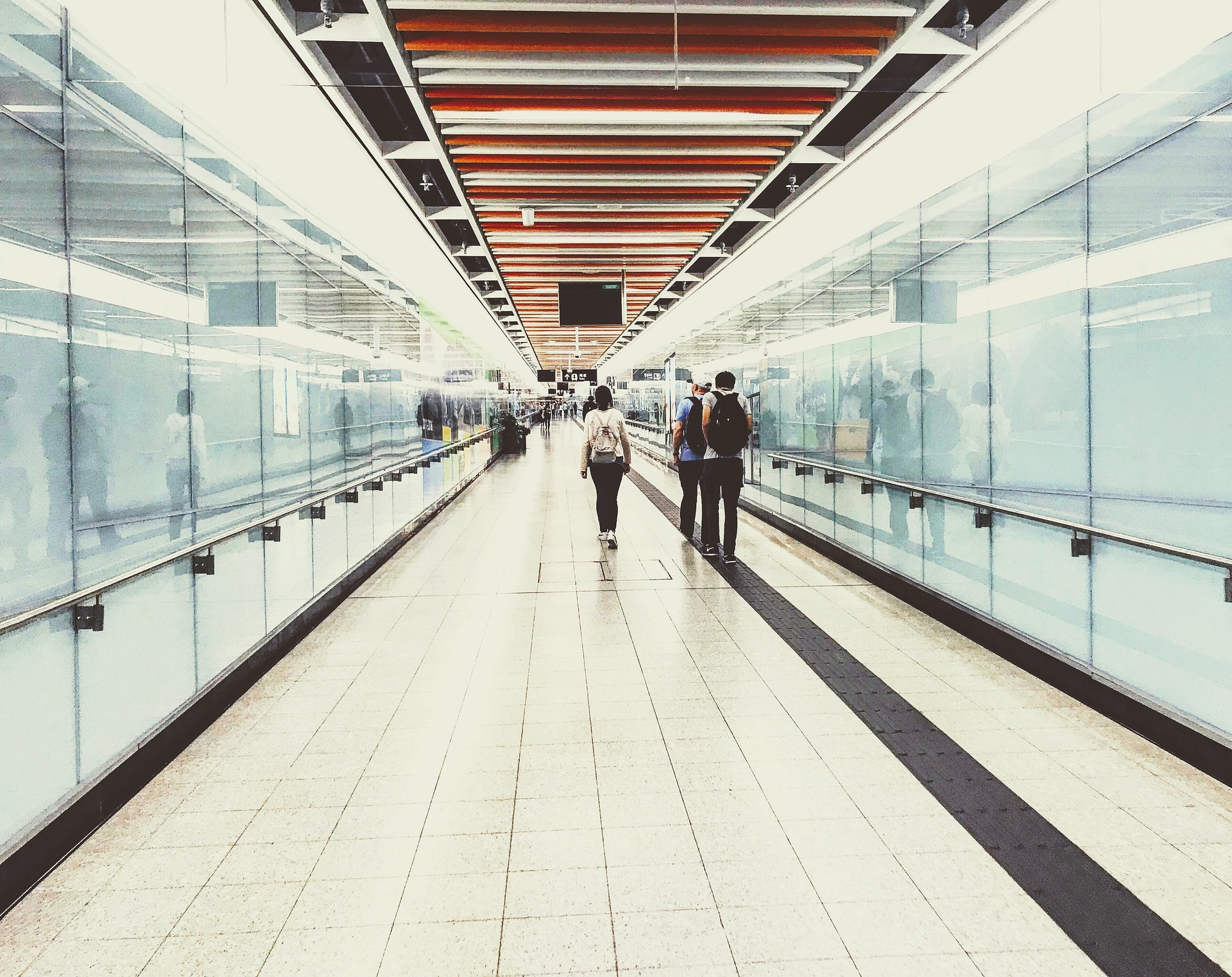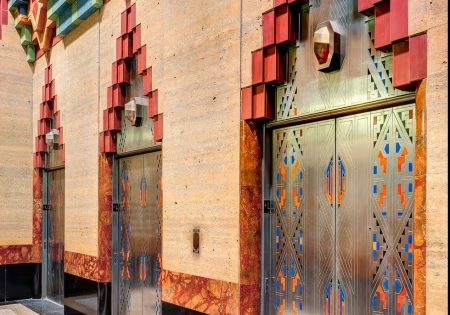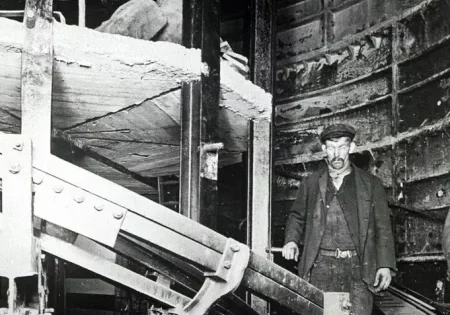Journalist Jack May posed (and answered) a question in a recent article for CITY MONITOR: “If we want to increase escalator capacity, why don’t we just run them faster?” It turns out there are several reasons — safety being the foremost.
Globally, there is some variation in escalator speeds. In London, escalators run at about .5 m/s in department stores and about .75 m/s in the London Underground. Escalators in Sydney, Singapore and Seoul’s city transport networks keep pace with those of the Tube. The subway escalators in the city that never sleeps — NYC — are considered slow at .45 m/s. Hong Kong’s Mass Transit Railway (MTR) escalators clock in at .8 m/s, making them some of the world’s fastest.
May points out, however, that it’s not possible to make direct comparisons because variations of width and depth found between escalator steps change the rate at which they ascend. For example, London’s escalator steps are standard size, and Hong Kong’s are significantly narrower. Additionally, a study published in ELEVATOR WORLD in August 2015 found that bigger escalator steps allowed for more capacity. In their paper “Estimation of Capacity of Escalators in London Underground” researchers Paul Davis and Goutam Dutta found non-commuters have a more difficult time keeping up with higher escalator speeds, decreasing capacity. Other studies, anecdotal evidence and common sense support that this assertion is true, regardless of country.

Running escalators at or above .8 m/s is especially dangerous, May figures. Considering the average rate at which people climb stationary steps is .7 m/s, an escalator moving at .75 m/s is slightly faster. May observes that this incremental difference in speed is manageable for passengers. Anything higher may result in shorter lines at the bottom of an escalator but would likely cause problems like trips or delays as disoriented riders need to pause before walking on non-moving ground once reaching the top. These issues cancel out any capacity or people flow benefits that could hope to be achieved with faster-moving staircases.
Davis and Dutta present alternative approaches such as the presence of a corridor between the platform and the escalators that would act as a filter for passengers walking at different paces. They also discovered that single escalators have a higher capacity than double escalators, as passengers don’t have to work out which escalator to take.

May mentions that the best way to get more public-transportation commuters onto escalators during peak travel times is to redesign entire underground stations. If there’s one thing the vertical-transportation (VT) industry isn’t short on, it’s solutions. Whether through modernization or new construction, VT equipment will continue to solve design problems. New and emerging technologies are seemingly introduced weekly, showing the industry’s willingness to future-proof and innovate. As cities grow increasingly dense and capacity issues intensify, VT players are already rising to the challenge.
Get more of Elevator World. Sign up for our free e-newsletter.










